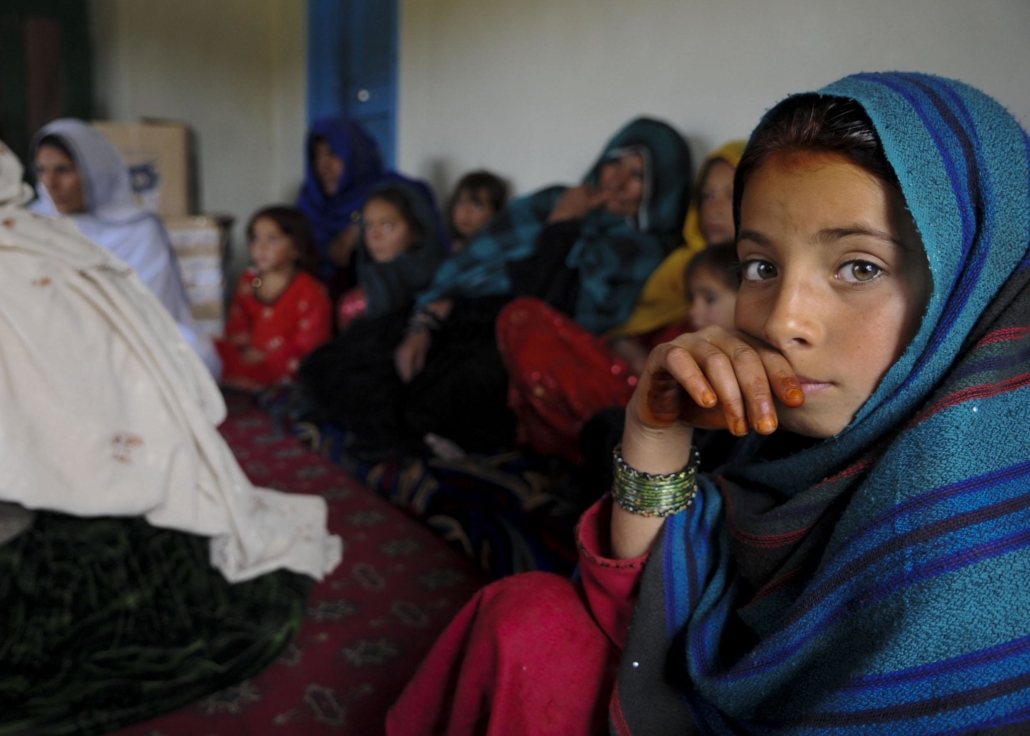From Conflict to Prosperity: Life in Post-War Afghanistan

It has been more than two years since the Islamic Emirate of Afghanistan (IEA) — the Taliban — marched on Kabul and took political control in Afghanistan. In that period, despite circumstances already having been particularly dire, conditions have worsened further, with reports suggesting that more than 90% of Afghans are at risk of poverty. This strain has seen a rise in child labor, child marriage and organ selling. Early 2022 figures estimated that the conflict internally displaced as many as 3.8 million people. This article aims to develop a brief understanding of how the country got to this stage, illustrate the severity of its economic woes and highlight the measures and initiatives aimed at mitigating the impact but emphasizing the challenges faced in doing so. Here is some information about life in post-war Afghanistan.
Unveiling the Roots
With the declaration of Taliban control in 2021, international non-humanitarian funding was largely suspended, while foreign controls froze billions of dollars in assets. Consequently, the country has succumbed to economic collapse, with its economy shrinking by 25% since August 2021. Corruption, a lack of infrastructure and accountability, insecurity and inhibiting state regulations prove costly to the current economy and prohibit tangible means for economic resurgence. An enforced ban on female attendance means fewer than 3% of eligible girls attend secondary school.
With less than half, 44%, of eligible boys receiving secondary school education, Afghanistan’s means for producing the next generation of workers is inherently flawed. Foreclosures of businesses, commonly female-led, considerably impact export figures, causing a decline in the industrial sector. Estimates show that Afghanistan’s economy has declined as much as 5% as a direct result of restrictions on rights to work for women. Withering exports are now struggling to match continued import demands resulting in an imbalance. An over-dependence on foreign aid and export revenue will result in economic capitulation; developing a new generation of workers is one of the few viable means for rehabilitation but the Taliban’s enforced government policies have stunted this.
A People in Crisis in Post-War Afghanistan
Poverty in Afghanistan is a deeply entrenched and pervasive issue, which decades of conflict, political instability, climate disasters and economic fragility have exacerbated. The country has one of the world’s lowest GDPs per capita, with a large portion of its population living below the poverty line — with as much as 40% facing acute food insecurity. The merciless onslaught of natural disasters, such as flooding and earthquakes, continues to prove a real threat to any form of stability — evidenced by a projected third consecutive failed wet season for 2022–23. Catastrophic earthquakes in late 2023 have claimed at least 1,000 lives.
Limited access to education, health care and essential services compound the problem, trapping generations in a cycle of deprivation. As much as 27% of children are engaged in child labor, while one in 16 children die before reaching 5 years. Additionally, the ongoing conflict disrupts livelihoods and displaces communities, further deepening the crisis. Women and children are particularly vulnerable, facing barriers to education and health care, with Afghanistan ranking 170th of 170 countries for women’s inclusion, justice and security. North of 29 million Afghani citizens rely on humanitarian aid, a limited means since the accession of Taliban power. Addressing poverty in Afghanistan is not just a matter of economics but a crucial step toward stability and long-term peace. International aid, infrastructure development and sustainable employment opportunities are essential for breaking the cycle of poverty and rebuilding the nation.
The Effort for Change in Post-War Afghanistan
With a history of conflict and turmoil, humanitarian organizations worldwide have established them as indispensable contributors to Afghanistan’s economic stability and social security. Major IGOs and NGOs such as UNICEF, Save the Children, the U.N., Oxfam and the International Rescue Committee (IRC) play a pivotal role in societal sustenance, providing the means for health care, education, protection and nutrition through funding, on-the-ground development initiatives and community building.
The U.N. estimates that $1.67 billion was donated to humanitarian aid in Afghanistan via the Coordination for Humanitarian Affairs body in 2021, north of $425 million of which was contributed by the U.S., the leading donor. In fact, on January 11, 2022, the U.N. launched a funding appeal for more than $8 billion in humanitarian and other aid for Afghanistan — the most immense single-country appeal in U.N. history. Save the Children is responsible for lifting more than 187,00 children from poverty, educating more than 241,000 and protecting 36,000 from direct harm.
UNICEF has supported more than 682,000 children with education through community-based education classes. The primary source of funding for these organizations is the generosity of both public and private donations. As evidence shows, the work and efforts of humanitarian institutions do enable the means for legitimate change.
– Ruairí Greene
Photo: Flickr
